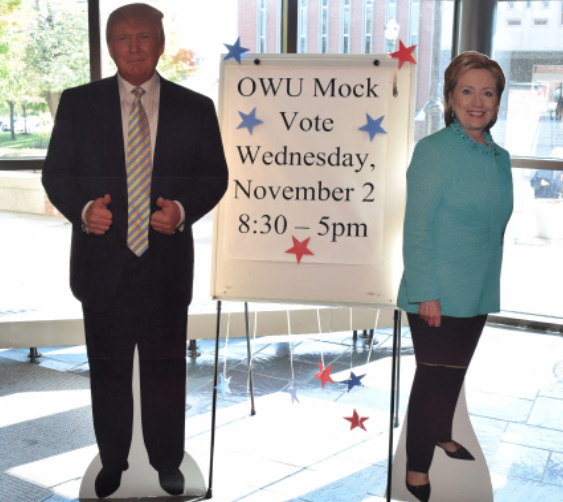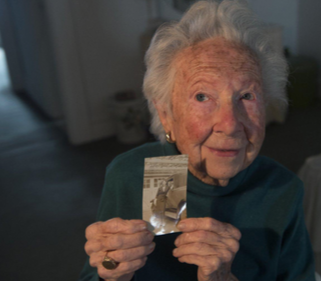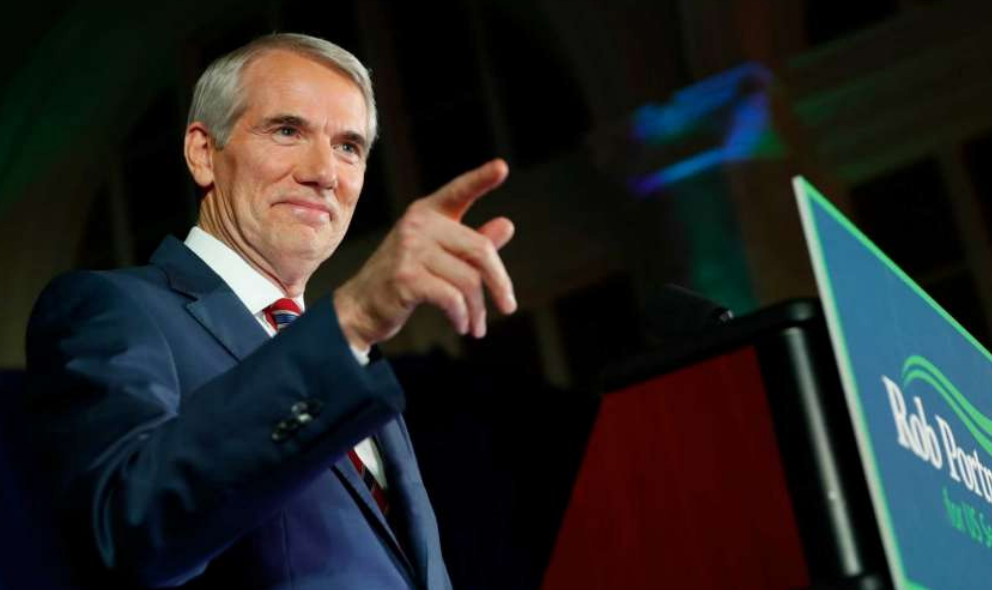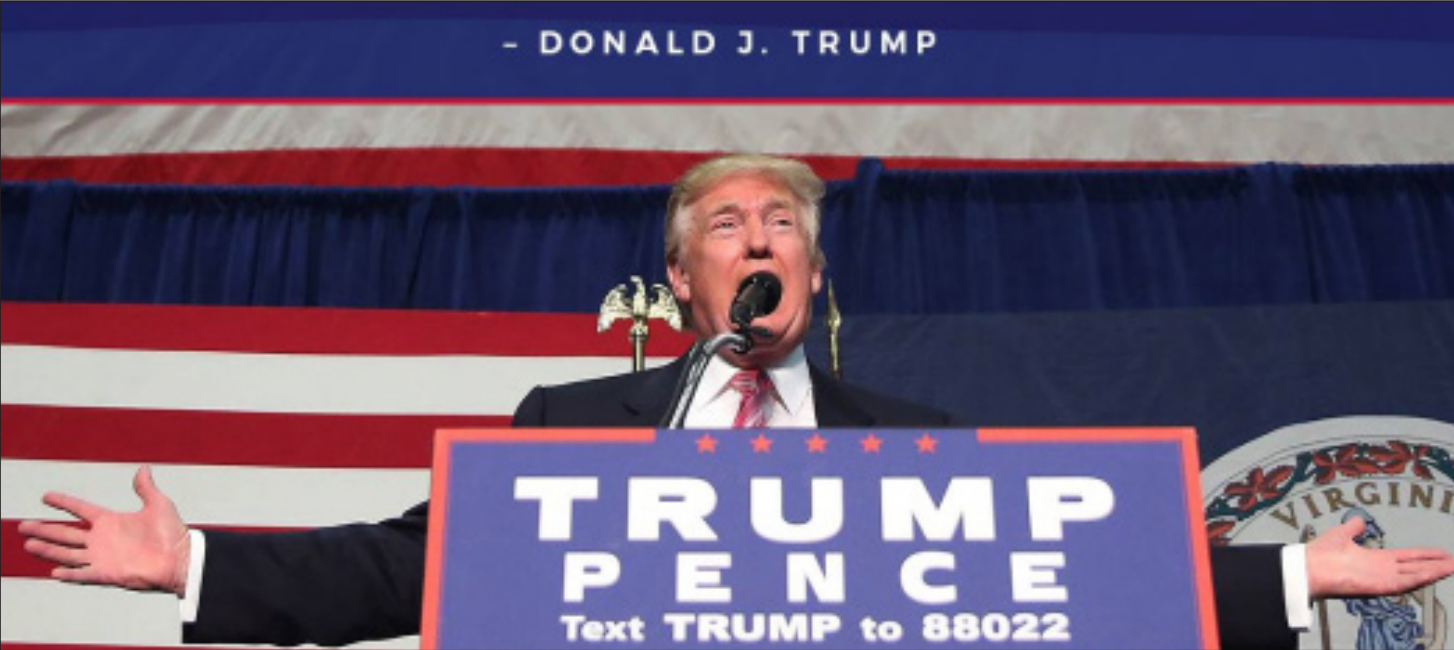By Courtney Dunne, Editor-in-Chief and Areena Arora, Managing Editor
The verdict is in. The 45th President-elect of the United States is business tycoon and tv personality Donald J Trump along with Vice President Mike Pence.
Defeating democratic opponent, Hillary Clinton by 61 electoral votes, Trump has emerged the winner. Swing states such as Ohio, Florida and Pennsylvania emerged red effecting the electorate and skewing the results.
But he did not win by a landslide. Clinton walked away with the popular vote.
The final popular vote came in at Clinton 59,595,237 votes (47.7%) and 59,370,253 votes (47.5%) for Donald Trump, but in the voting system in the U.S., presidential candidates must win the majority of the electoral vote in order to win the election.
This historic election took an unexpected turn which brought Trump to the White House.
The country was looking for Trump to speak on the unity of the United States and in his acceptance speech early morning Nov. 9., Trump said, “Now it is time for America to bind the wounds of division.”
Despite the efforts of many students campaigning for Clinton at the foot of the JayWalk up until the election day, Delaware county voted for Trump.
Citizens waited around for hours waiting for Wisconsin, Michigan, New Hampshire and Pennsylvania. Pennsylvania went neck in neck for awhile with the vote sitting at 48.2 to 48.2, and in the end Trump won the state by 0.6 percent.
In Ohio, Trump won with 52.1 percent votes, while Hillary took 43.5 percent.
Trump kept the lead for the majority of the night, with Clinton pulling ahead taking the win in California, but it didn’t last for long. Swing states kept voters waiting into the early hours of the night.
The Republicans retained their majority in the House of Representatives and in the Senate, which will provide an ease for Trump that President Obama did not have in getting policy passed.
As the polls remained tight and Trump took the lead, investors began to pull their money out of the American markets. The Dow Jones industrial average plunged about 700 points throughout the election results.
Finally at 2:40 a.m. EST, Clinton called Trump saying she will concede the race, giving the country the president-elect.
Around 2:45 a.m., Trump delivered his acceptance speech opening with, “Thank you. Thank you very much, everybody. Sorry to keep you waiting. Complicated business. Complicated. Thank you very much. I’ve just received a call from Secretary Clinton. She congratulated us. It’s about us. On our victory, and I congratulated her and her family on a very, very hard-fought campaign.”
On Nov. 9 at 11:30 a.m. Secretary Hillary Clinton delivered her concession speech to the country, encouraging her voters to keep an open mind to the new president Trump.
She offered to work with him on behalf of the the country. She said she respects this peaceful transfer of power and reminded her voters that it is never wrong to fight for what is right.
“I feel pride and gratitude for this campaign that we built together.. You represent the best of America and being your candidate has been one of the greatest honors of my life,” said Clinton in her concession speech.
Trump is going into the presidency with over 50 percent approval ratings, which is historically high, according to CNN.
Shortly after Clinton delivered her concession speech President Barack Obama gave a speech from the White House Rose Garden.
Obama said he called Trump in the early morning hours of Nov. 9 to congratulate the new president-elect and to provide his support. Obama said he wants to honor the standing tradition of a peaceful transition, even with the man who challenged Obama’s birth rights of being a U.S. born citizen. Obama even invited Trump to the White House on Nov. 10 to start his peaceful transition.
Obama and Clinton urged their supporters to give trump the chance to lead the country, while Obama said he is doing his best to prepare Trump for the office, he said, “is bigger than anyone.”
There have been mixed reactions from students on OWU’s campus, and Obama tells us in his speech on Nov. 9 to stay positive and look to the bright side.
The inauguration day for Trump to take office is Jan. 20, 2017.



